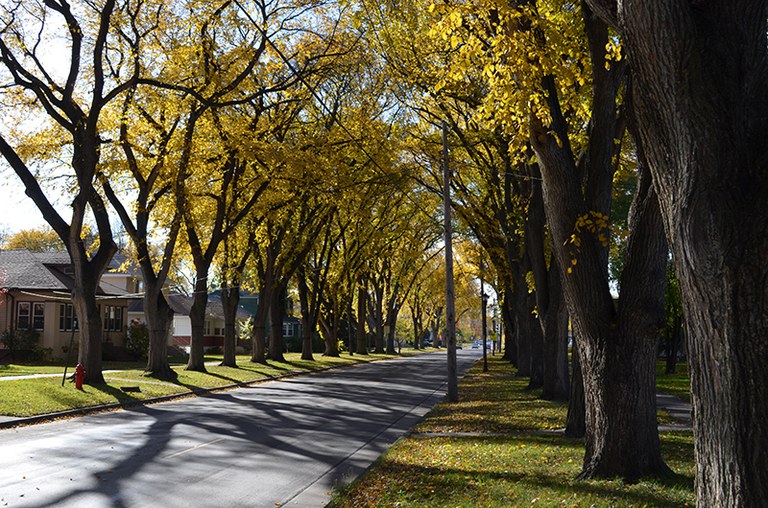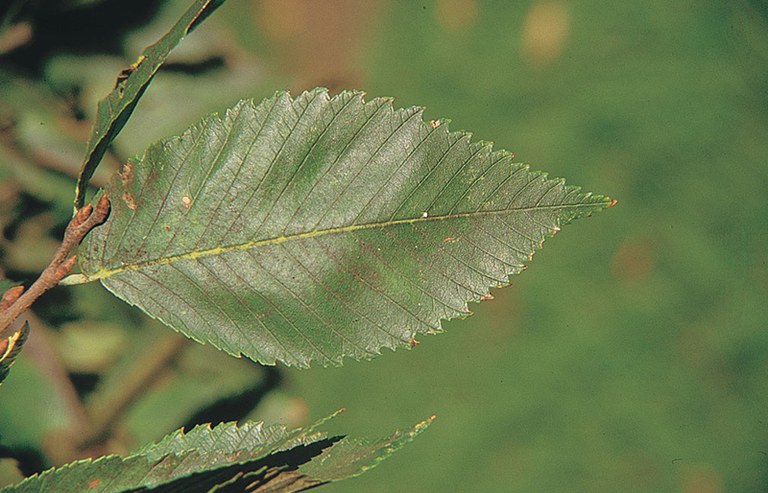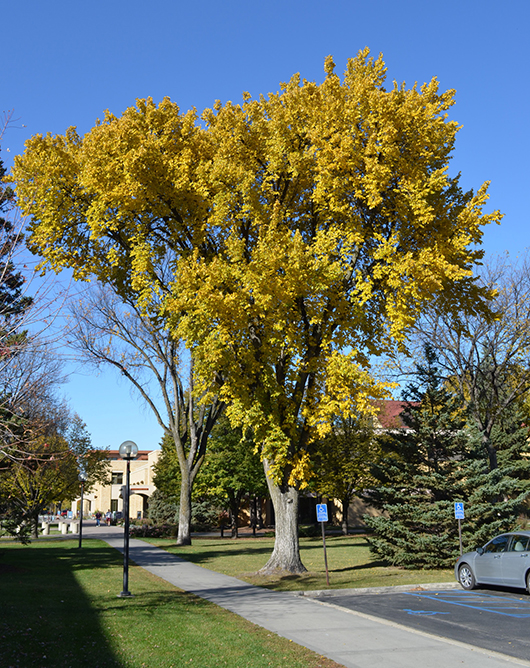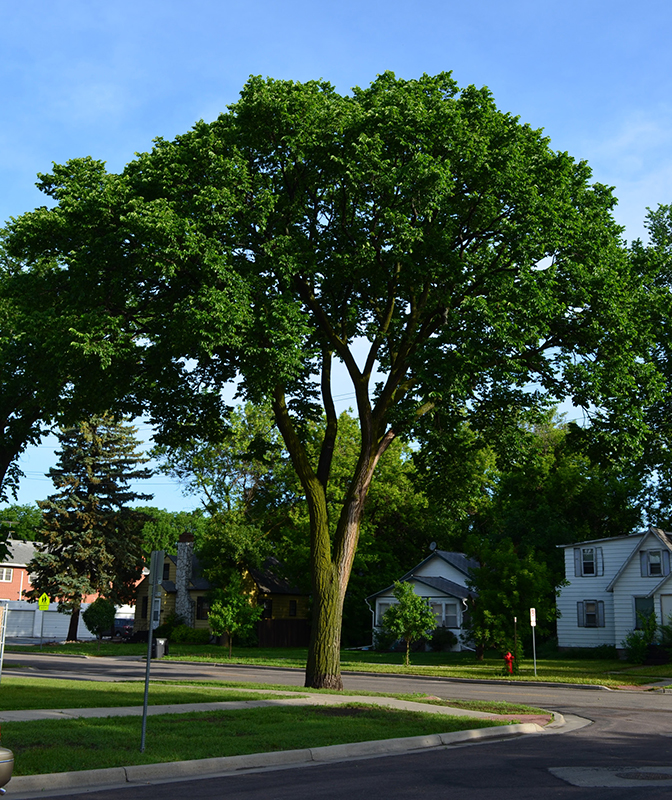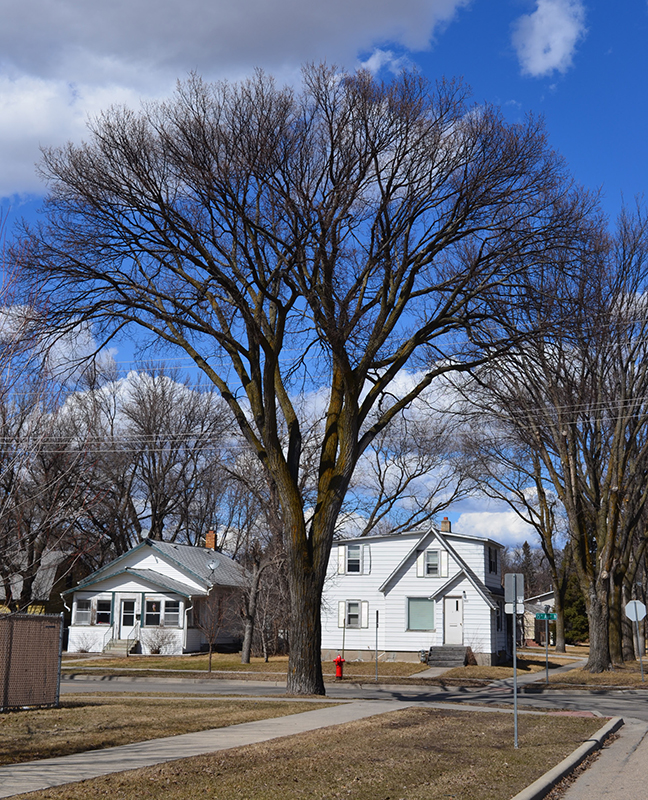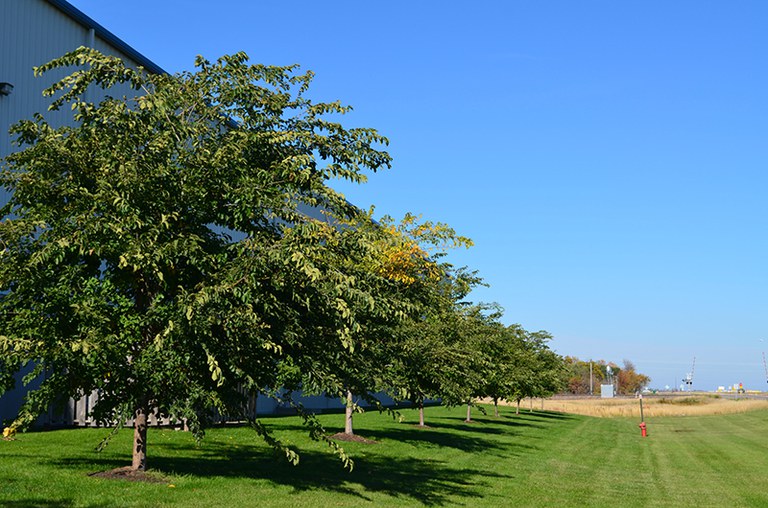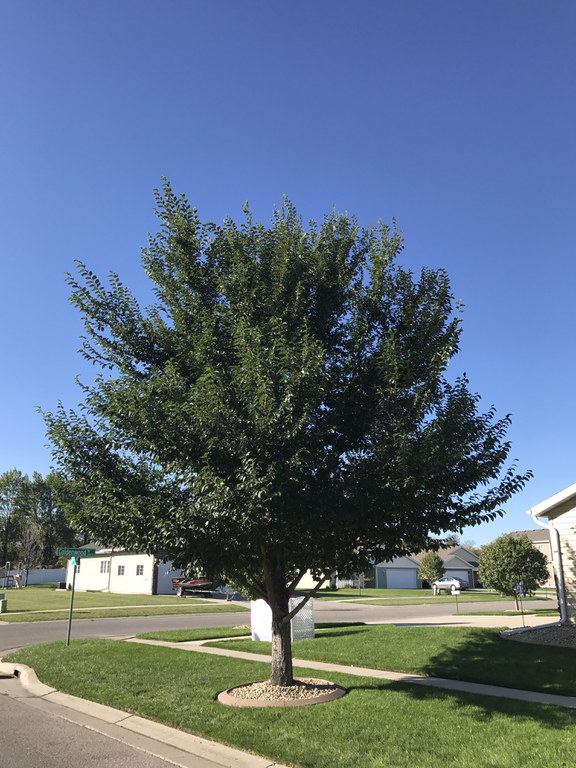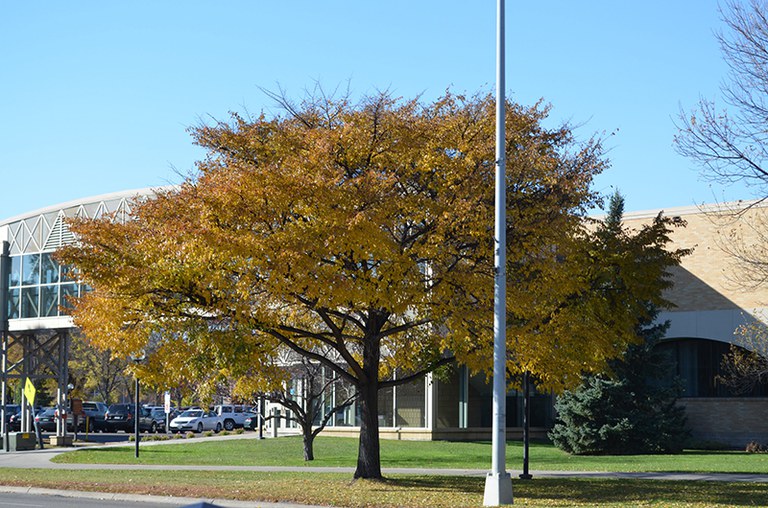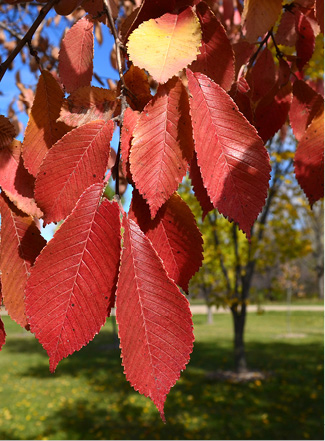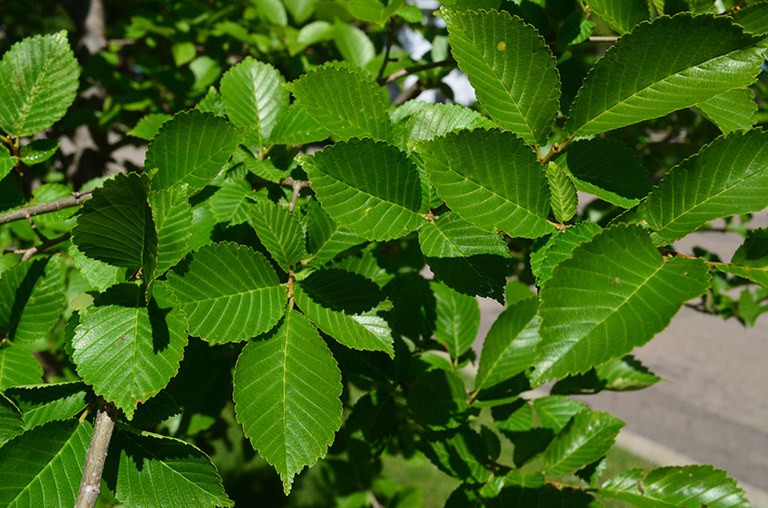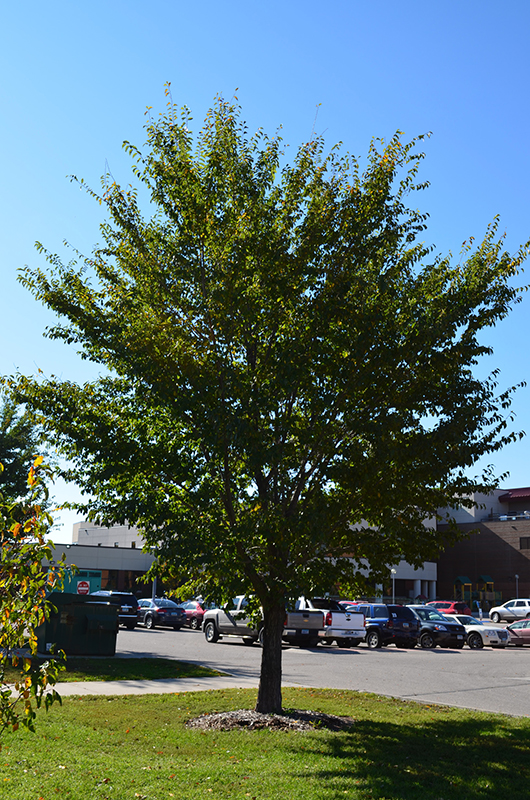In many North Dakota communities, American elm trees once were abundant, providing ample shade and creating graceful archways over the streets. Dutch elm disease (DED) arrived in North Dakota in the 1970s and began to destroy this resource. Since then, much effort has been spent on identifying and testing new species or cultivars that are resistant to the disease and once again can provide those magnificent views down the roadways.
While no elm species or cultivar is immune to DED, elms have varying levels of susceptibility to the disease. For more information on managing DED, refer to NDSU Extension publication PP1635, “Dutch Elm Disease in North Dakota: A New Look.”
Recommended species and cultivars in this publication are generally cold hardy and have shown relatively low susceptibility to DED in research trials and/or through years of field experience. Some newer cultivars have not been tested adequately in North Dakota and they are noted below. North Dakota has two sites that are part of the National Elm Trial (http://dev.agsci.colostate.edu/agbio/national-elm-trial/).
Unless otherwise noted, the mature form of elms listed here is vase-shaped. Typical fall foliage is yellow unless listed otherwise; in some years in North Dakota, fall color may not develop on elms.
The majority of elm trees need early and regular structural pruning and training to develop a single lower trunk during the first 10 to 15 years. Without regular pruning, some trees grow so fast that the main leader can fall over and break, thus making it more difficult to regain good structure that may have been developed early in their growth. Be attentive when utilizing elms.
